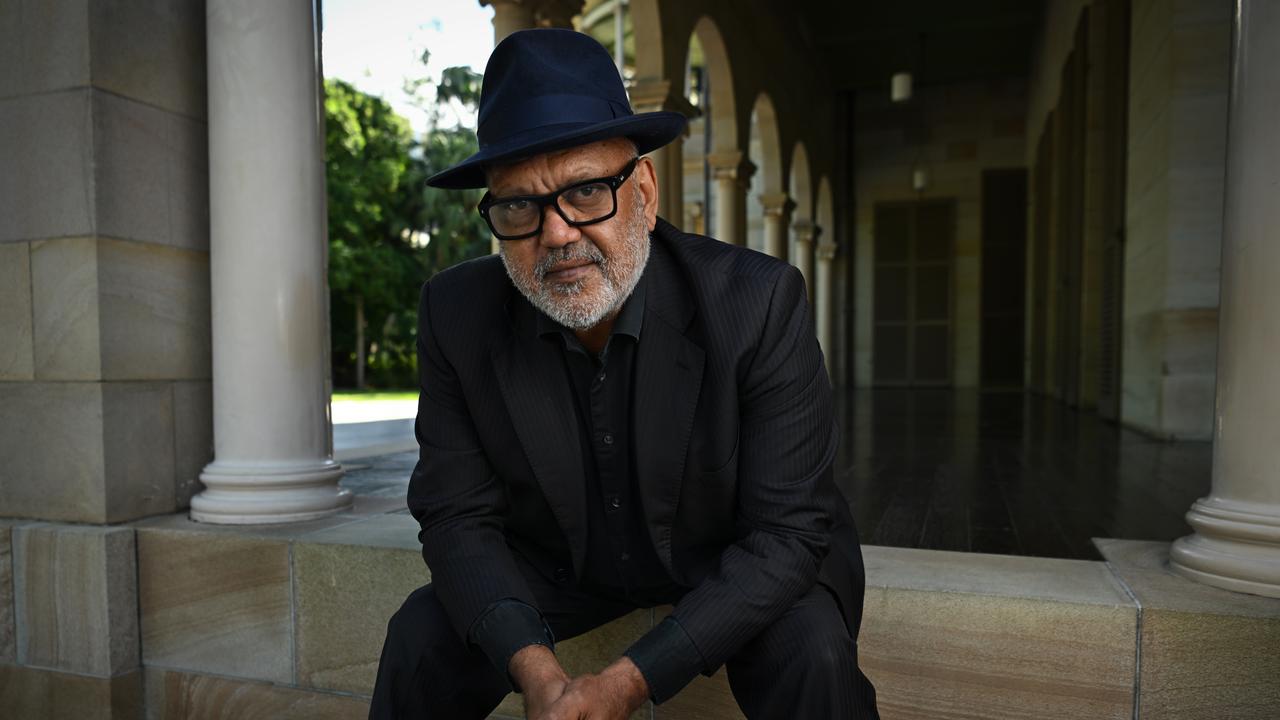Peter Hollingworth’s letters to Queen Elizabeth have vanished
Peter Hollingworth’s correspondence with the Queen – likely referencing his handling of church sex abuse claims – has disappeared and authorities say they don’t know where it’s gone.

Peter Hollingworth’s correspondence with Queen Elizabeth II while serving as governor-general has disappeared and neither Government House nor the National Archives of Australia knows where the vice-regal letters are.
The Australian requested access to Dr Hollingworth’s correspondence which is now in the open access period and should be held by the National Archives. But after extensive searches were undertaken over a long period, his letters to the Queen and letters sent from Buckingham Palace could not be located.
A spokesperson for the National Archives confirmed they have not been able to find Dr Hollingworth’s records and said “further research will be required to” to identify where they are located. The National Archives further said they will work with the Office of the Official Secretary to the Governor-General to undertake this work.
A spokesperson for the Office of the Official Secretary to the Governor-General also confirmed that Government House “does not hold the documents” created and collated by Dr Hollingworth and noted that vice-regal correspondence is routinely “deposited with the National Archives at the end of a Governor-General’s term.”
Dr Hollingworth quit as governor-general in May 2003, after serving less than two years in the role, following extensive criticism over his handling of child sexual abuse claims while Anglican archbishop of Brisbane.

The controversy leading to his resignation was an embarrassment to Buckingham Palace and a difficult political issue for John Howard’s government as the Labor opposition, led by Simon Crean, called for Dr Hollingworth’s commission to be withdrawn.
Among a slew of allegations, including that he knew of child sexual abuse by clergymen but allowed them to continue working in the church, a report tabled in the Queensland parliament in May 2003 found that he mishandled complaints and let a known paedophile priest continue in the church.
The correspondence is expected to reference these difficulties before Dr Hollingworth’s resignation. The then governor-general met the Queen in Adelaide in February 2002 and Mr Howard met the Queen in London in May 2002 during the controversy.
The vice-regal letters are deemed official commonwealth records accessible after 20 years. They are not personal records. Every governor-general since Sir Richard Casey, who served from May 1965 to April 1969, has deposited their letters with the National Archives.
Since January last year, The Australian has reported extensively on the vice-regal correspondence of Casey and his successors, Sir Paul Hasluck (1969-74), Sir John Kerr (1974-77), Sir Zelman Cowen (1977-82), Sir Ninian Stephen (1982-89) and Bill Hayden (1989-96). They all provided their letters to the National Archives and some kept copies for their personal papers.
The Australian can further reveal that the vice-regal correspondence of four earlier governors-general who also held office during the reign of Queen Elizabeth II are not held by the National Archives even though they are now deemed to be official commonwealth records.
This is correspondence exchanged with the Queen and her advisers between Sir William McKell, Sir William Slim, William Morrison (Viscount Dunrossil) and William Sydney (Viscount De L’Isle), who collectively held office from 1947 to 1965.
Spokespeople for the Office of the Official Secretary to the Governor-General and the National Archives confirmed that they do not hold outward or inward vice-regal correspondence during this earlier period of the Queen’s reign. They have, however, undertaken to locate these records.
The vice-regal correspondence of Major General Michael Jeffery, who served as governor-general from August 2003 to September 2008, is held by the National Archives.




To join the conversation, please log in. Don't have an account? Register
Join the conversation, you are commenting as Logout